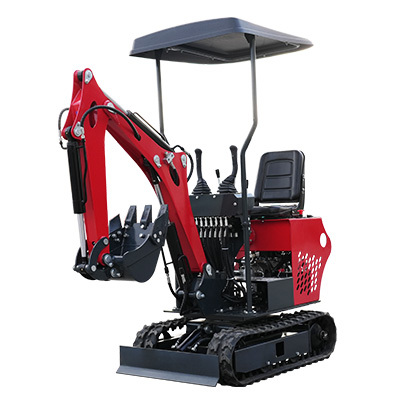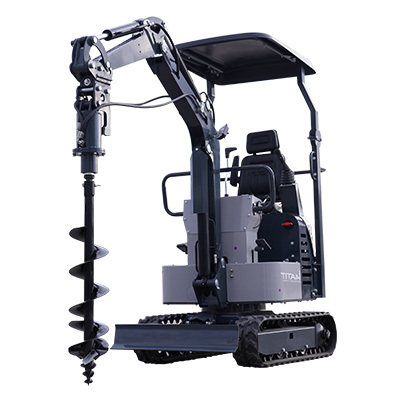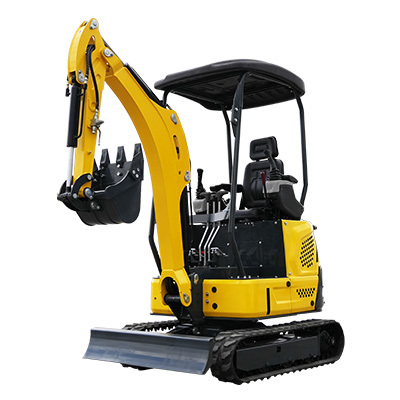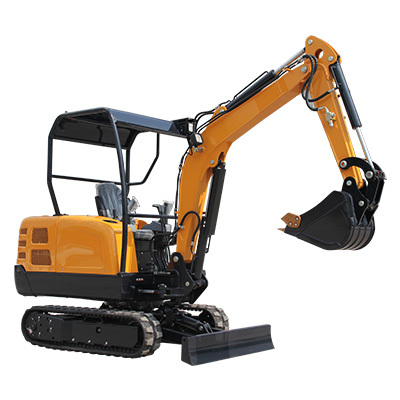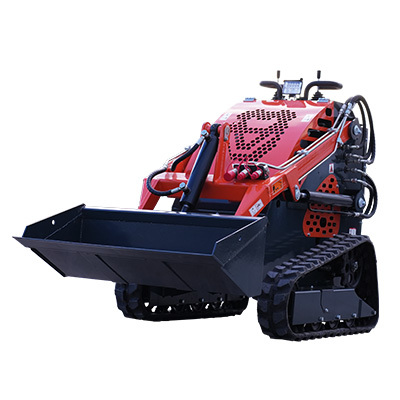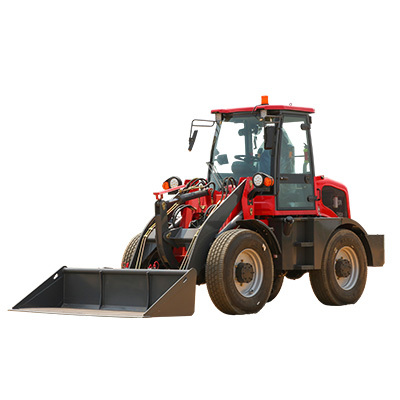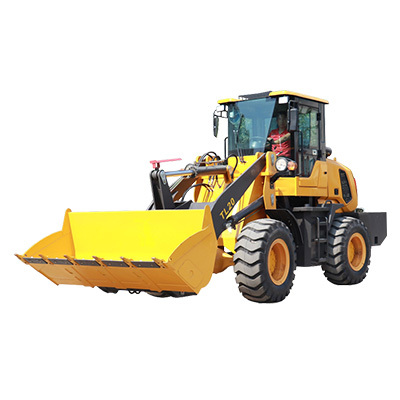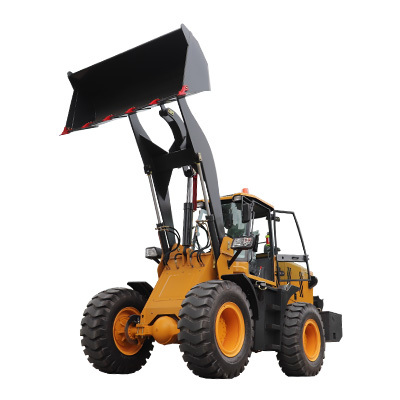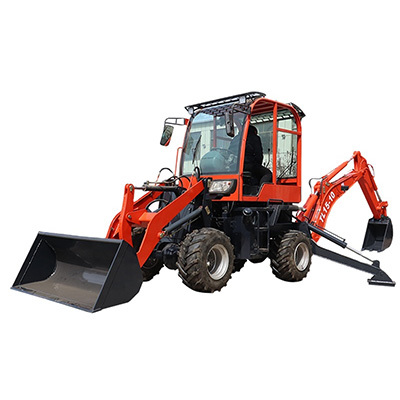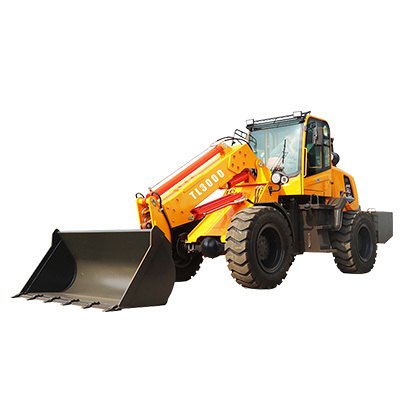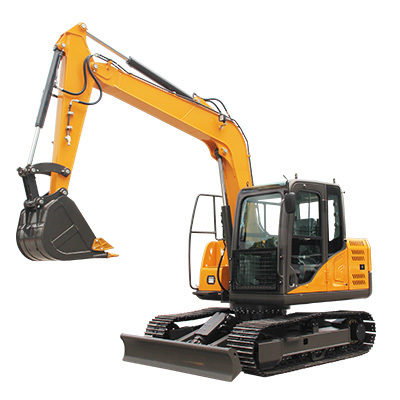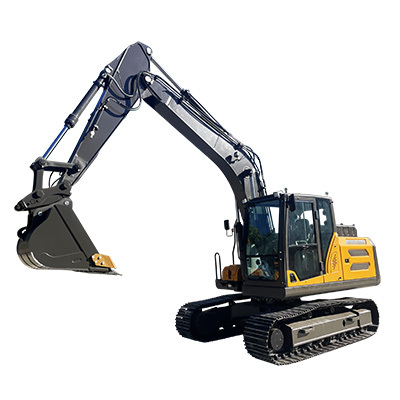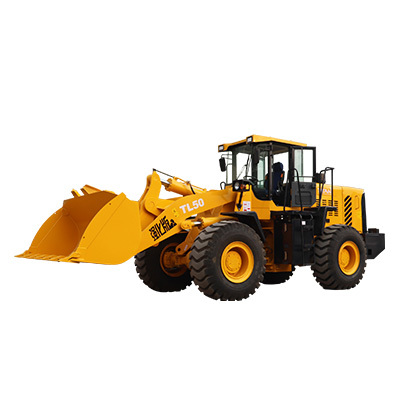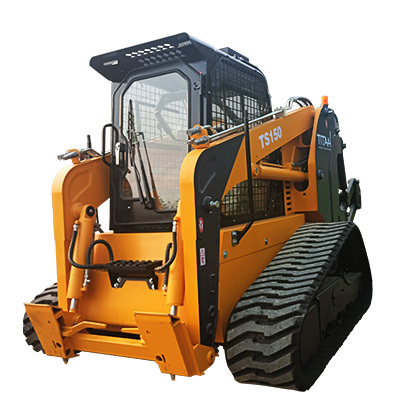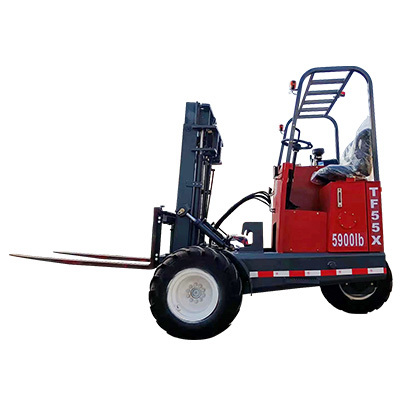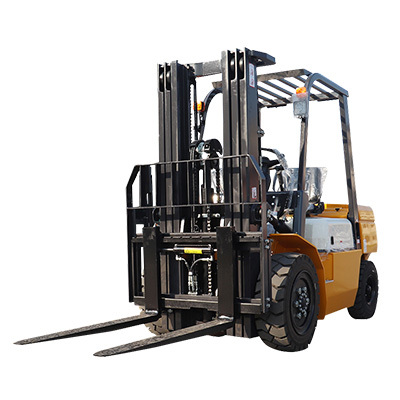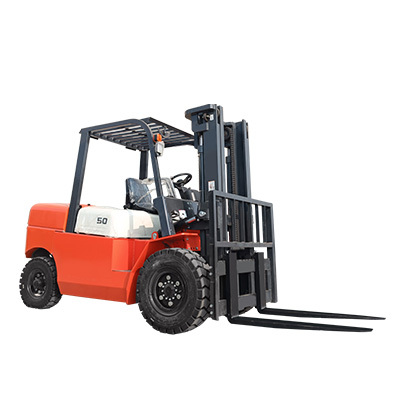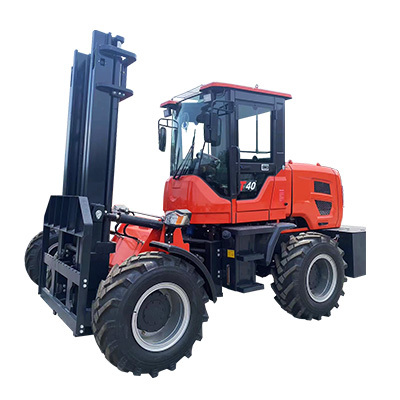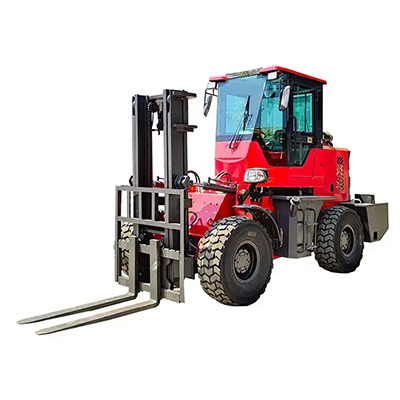Transform Your Warehouse Workflow with State-of-the-Art Handling Equipment
Release time:
2025-07-16
Summary
Transform Your Warehouse Workflow with State-of-the-Art Handling Equipment
Table of Contents
Introduction to Warehouse Handling Equipment
The Importance of Efficient Warehouse Handling
Types of Handling Equipment for Warehouses
Benefits of Using State-of-the-Art Handling Equipment
Factors to Consider When Choosing Handling Equipment
Best Practices for Implementing Handling
Transform Your Warehouse Workflow with State-of-the-Art Handling Equipment
Table of Contents
- Introduction to Warehouse Handling Equipment
- The Importance of Efficient Warehouse Handling
- Types of Handling Equipment for Warehouses
- Benefits of Using State-of-the-Art Handling Equipment
- Factors to Consider When Choosing Handling Equipment
- Best Practices for Implementing Handling Equipment
- Case Studies: Successful Transformations
- Frequently Asked Questions
- Conclusion
Introduction to Warehouse Handling Equipment
In today’s competitive marketplace, the efficiency of warehouse operations plays a crucial role in the success of businesses across various industries. The integration of **state-of-the-art handling equipment** is essential for enhancing productivity and ensuring smooth workflow. This article delves into how innovative handling equipment can transform your warehouse operations, highlighting its benefits, different types, and best practices for implementation.
The Importance of Efficient Warehouse Handling
Efficient warehouse handling is fundamental for several reasons:
1. Reduces Operational Costs
Implementing advanced handling equipment minimizes the need for manual labor and streamlines processes. As a result, companies can significantly cut down on labor costs and operational expenses.
2. Increases Speed and Efficiency
The latest handling technologies are designed to optimize workflow. By automating repetitive tasks, warehouses can process orders faster, leading to improved customer satisfaction.
3. Enhances Safety
Modern handling equipment is built with safety features that protect workers and minimize the risk of accidents. This not only safeguards employees but also reduces costs associated with workplace injuries.
4. Improves Inventory Management
With advanced handling technologies, warehouses can better track inventory levels, reducing instances of overstocking or stockouts. This leads to a more organized and efficient inventory management system.
Types of Handling Equipment for Warehouses
Choosing the right handling equipment is crucial for optimizing warehouse efficiency. Below are some common types of handling equipment:
1. Forklifts
Forklifts are essential for lifting and transporting heavy items within a warehouse. With electric, gas, and diesel options available, businesses can select the best forklift type based on their specific needs.
2. Pallet Jacks
Pallet jacks are ideal for moving pallets short distances. They are easy to operate and come in manual or electric versions, making them versatile for various warehouse environments.
3. Conveyors
Conveyor systems streamline the movement of goods across the warehouse. They reduce manual handling and facilitate efficient order fulfillment processes.
4. Automated Guided Vehicles (AGVs)
AGVs are cutting-edge technology in warehouse management. These self-driving vehicles transport items to designated locations without human intervention, enhancing efficiency and safety.
5. Shelving Systems
Modern shelving systems, including adjustable and modular options, maximize storage space and improve organization. This facilitates faster retrieval of items and optimizes warehouse layout.
Benefits of Using State-of-the-Art Handling Equipment
The adoption of advanced handling equipment offers numerous benefits:
1. Increased Productivity
Modern handling solutions are designed to enhance productivity by reducing the time spent on manual tasks. This allows employees to focus on more critical aspects of warehouse management.
2. Enhanced Accuracy
State-of-the-art equipment often comes with integrated technology that reduces human error, enhancing accuracy in order picking and inventory management.
3. Better Space Utilization
Innovative storage solutions, such as vertical lift modules and automated shelving, help optimize warehouse space, allowing for more efficient use of square footage.
4. Real-Time Data Access
Many modern handling devices are equipped with technology that provides real-time data on inventory levels and equipment performance. This aids in making informed decisions promptly.
5. Environmental Benefits
Choosing electric handling equipment reduces carbon emissions and contributes to a company’s sustainability goals. This is increasingly important in today’s environmentally conscious market.
Factors to Consider When Choosing Handling Equipment
Selecting the right handling equipment requires careful consideration of various factors:
1. Type of Goods Handled
Understanding the nature of the products being handled is crucial. Different types of goods may require specialized handling equipment.
2. Warehouse Layout
The design and layout of the warehouse can significantly impact the choice of equipment. Assessing aisle widths, storage height, and overall space will guide decisions.
3. Load Capacity
Choosing equipment that can handle the maximum load is vital for efficiency. This ensures safety and prevents equipment malfunction.
4. Budget Constraints
Evaluating the budget is essential when selecting handling equipment. It's important to find a balance between quality and cost to ensure long-term investment.
5. Employee Training
Consider the level of training your employees will need to operate the equipment safely and efficiently. Investing in proper training programs can lead to better outcomes.
Best Practices for Implementing Handling Equipment
Implementing handling equipment effectively requires a strategic approach:
1. Conduct a Workflow Analysis
Analyze existing workflows to identify bottlenecks and areas for improvement. This will inform the selection of appropriate handling equipment.
2. Involve Employees in the Process
Engage employees in the decision-making process. Their insights and experiences can guide the selection of equipment that will improve their daily operations.
3. Invest in Training
Ensure that all employees receive proper training on the new equipment. This enhances safety and increases the likelihood of successful implementation.
4. Monitor Performance
After implementation, continuously monitor the equipment's performance. Gathering data will help you identify issues and optimize usage.
5. Regular Maintenance
Establish a routine maintenance schedule to ensure equipment remains in optimal working condition. Regular checks can prevent costly breakdowns and extend the equipment's lifespan.
Case Studies: Successful Transformations
To illustrate the impact of state-of-the-art handling equipment on warehouse workflow, consider the following case studies:
1. ABC Logistics Company
ABC Logistics implemented automated guided vehicles (AGVs) in their warehouse, resulting in a 30% increase in order fulfillment speed. The AGVs minimized labor costs and improved safety by reducing human error.
2. XYZ Retailer
After upgrading to a sophisticated conveyor system, XYZ Retailer experienced a 20% reduction in order processing time. The seamless flow of goods improved overall efficiency and customer satisfaction.
3. 123 Manufacturing
123 Manufacturing invested in electric forklifts, which not only enhanced productivity but also aligned with their sustainability goals. The shift to electric models reduced their carbon footprint significantly.
Frequently Asked Questions
1. What types of handling equipment should I consider for a cold storage warehouse?
For cold storage warehouses, consider insulated and temperature-controlled handling equipment, such as specific forklifts and pallet jacks designed for low temperatures.
2. How do I determine the right load capacity for my warehouse equipment?
Evaluate the maximum weight of the items you handle regularly. Ensure the equipment can safely accommodate this weight while allowing for some margin.
3. Can I retrofit existing equipment with modern technology?
Yes, many older models can be retrofitted with modern technology, such as tracking systems and safety features, to enhance their functionality.
4. What is the average lifespan of handling equipment?
The lifespan of handling equipment varies based on usage and maintenance but typically ranges from 5 to 15 years for most types.
5. How can I ensure the safety of my warehouse employees while using handling equipment?
Provide comprehensive training on equipment operation, enforce safety protocols, and ensure regular maintenance checks to minimize risks in the warehouse.
Conclusion
Transforming your warehouse workflow with state-of-the-art handling equipment is not merely an option but a necessity in today’s fast-paced business environment. By understanding the importance of efficient handling, recognizing the various types of equipment available, and implementing best practices, businesses can significantly enhance productivity and reduce operational costs. Investing in modern handling solutions prepares your warehouse for the future, ensuring that you remain competitive while fostering a safe and efficient working environment.
More News
Compact Construction Equipment manufacturer
2025-12-09

